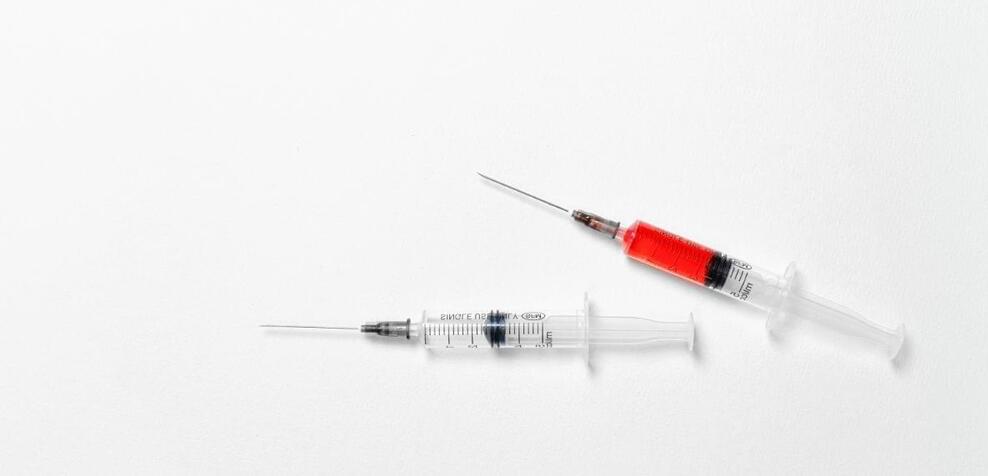This post is also available in:  עברית (Hebrew)
עברית (Hebrew)
Important computer systems at hospitals and clinics have been offline for over two weeks after a cyberattack forced emergency room shutdowns and ambulance diversions. According to Prospect Medical Holdings, progress is being made “to recover critical systems and restore their integrity,” but the company, which runs 16 hospitals and dozens of other medical facilities in various states could not say when operations will return to normal.
The recovery process for this situation can often take weeks, and in the meantime, hospitals are reverting to paper systems and people to monitor equipment, run records between departments, and do other tasks that are usually electronic.






